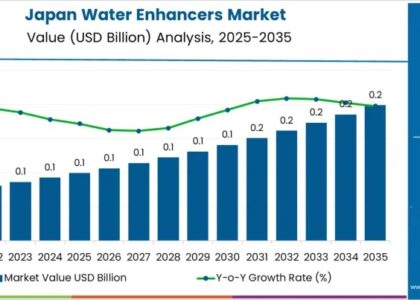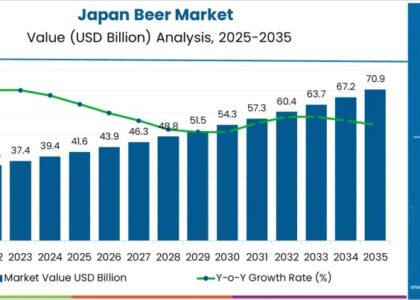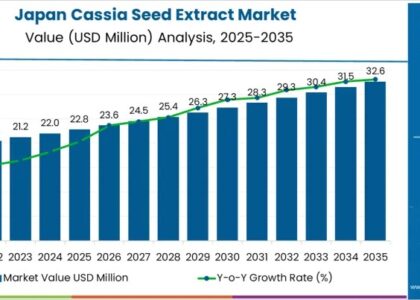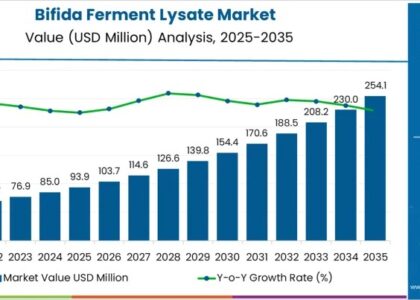The copper market in United States and Canada, is commonly evaluated through the lens of supply-demand dynamics, pricing forecasts, and industrial consumption patterns. However, a deeper layer exists beneath the surface—one shaped by environmental legislation, indigenous sovereignty, and cross-border policy alignment. While these forces are less frequently addressed in mainstream copper market analyses, they are growing in significance as the transition to green energy intensifies and the call for ethical resource extraction grows louder.
Indigenous Territories: The Overlooked Bedrock of Copper Exploration
In both the United States and Canada, substantial copper reserves are located within or near indigenous lands. These territories have historically been rich in mineral resources but are now increasingly safeguarded by indigenous groups exercising legal authority and environmental stewardship. In Canada, the Supreme Court has upheld the rights of First Nations to oppose projects on their land without free, prior, and informed consent. A notable example is the New Prosperity copper-gold project in British Columbia, which faced fierce opposition from the Tsilhqot’in Nation. Despite being backed by one of the world’s largest mining companies, Taseko Mines Ltd., the project was denied approval multiple times, with environmental and cultural concerns cited as core reasons.
Request Your Sample and Stay Ahead with Our Insightful Report!
In the United States, the Resolution Copper project in Arizona has encountered similar resistance. Located on land sacred to the San Carlos Apache Tribe, the project has become a flashpoint in the debate over indigenous rights versus national resource security. Although the site is projected to become one of the largest copper mines in North America, its development has been repeatedly delayed due to litigation and political scrutiny.
These examples underscore how indigenous governance has transformed from a peripheral consideration into a decisive factor in copper project feasibility. As tribal nations assert their sovereignty and advocate for sustainable land use, companies seeking to develop copper assets must engage in meaningful, transparent negotiations.
Environmental Agreements Across Borders: Policy Convergence with Global Implications
Canada and the United States, while operating under different regulatory regimes, are increasingly synchronizing their environmental standards through bilateral and multilateral agreements. The 1991 Canada–U.S. Air Quality Agreement serves as an early example of this cooperation, targeting transboundary air pollution from industrial sources including mining operations. More recently, joint commitments under the Paris Agreement and the North American Leaders’ Summit have reinforced the need to decarbonize heavy industries.
In practical terms, this convergence is raising the bar for environmental compliance in copper mining. Companies operating across both countries must navigate overlapping environmental impact assessments, carbon reporting requirements, and water usage regulations. The tightening of these policies is not just a regulatory burden but a reshaping force on project timelines, investor risk assessments, and regional supply capabilities.
For instance, a proposed expansion of the Highland Valley Copper mine in British Columbia—Canada’s largest open-pit copper mine—was delayed due to heightened scrutiny over water use and tailings management. These regulatory headwinds ripple across the border, influencing how investors view projects in Arizona, Montana, and other copper-rich states, especially as environmentalists draw parallels and rally for unified standards.
To Gain More Insights about this Research, Visit!
Project Delays and Cancellations: The Cost of Ignoring Social and Ecological Variables
Copper mining ventures in North America are increasingly at risk of delays or cancellation due to public opposition and environmental litigation. This emerging trend has injected new uncertainty into copper supply forecasts for the region. The Reko Diq copper-gold project in Pakistan serves as a cautionary global parallel, but closer to home, the Pebble Mine in Alaska vividly illustrates the impact of ecological activism. Though not strictly a copper-only project, its large copper deposits placed it at the center of attention. After years of contention, it was effectively shelved due to the risk posed to the Bristol Bay watershed, home to one of the world’s largest salmon fisheries.
Such disruptions directly influence the copper market by constraining supply pipelines. For buyers and manufacturers across the United States and Canada who depend on predictable, domestic copper sources, these complications can shift sourcing strategies toward imports, thereby exposing them to global price volatility and geopolitical risk.
Investor Implications and Market Dynamics in a New Era
The rising influence of socio-environmental constraints on copper mining is reshaping how stakeholders approach the North America copper market. Investment strategies are increasingly favoring companies with robust environmental, social, and governance (ESG) frameworks. Projects with early-stage community engagement, transparent permitting processes, and low ecological footprints are being fast-tracked for funding and regulatory approval.
This shift is already visible in the growing number of green copper ETFs and responsible mining indices gaining traction among institutional investors. Moreover, automakers and tech companies, who rely heavily on copper for EVs and electronics, are aligning their procurement policies with responsible sourcing commitments. The USA and Canada copper market is estimated to reach a valuation of USD 23.09 billion in 2025. A valuation of about USD 37.88 billion is anticipated to be recorded by the industry in 2035.
Reach out to Sales to Secure Your Copy of the Report Now!
Outlook: Building a Copper Market Rooted in Responsibility
As North America accelerates its push toward electrification and renewable energy, the demand for copper is poised to rise sharply. However, without aligning copper supply chains with indigenous rights and environmental stewardship, the market risks becoming entangled in legal and social turmoil. The USA and Canada copper market forecast should, therefore, incorporate these variables not as peripheral concerns but as core determinants of market stability and growth.
In the years ahead, successful copper mining operations will not be those with the highest grade or the lowest cost alone. They will be defined by their ability to operate within a framework of consent, collaboration, and conservation. As this shift unfolds, the North America copper mining outlook will increasingly be shaped not just by geology and market economics, but by policy alignment and ethical accountability.
USA and Canada Copper Market Outlook by Category
By End-use Industry:
- Building and Construction
- Electrical and Electronic Products
- Transportation
- Consumer and General Products
- Industrial Machinery and Equipment
By Country:
- The USA
- Canada
About Future Market Insights (FMI)
Future Market Insights, Inc. (ESOMAR certified, recipient of the Stevie Award, and a member of the Greater New York Chamber of Commerce) offers profound insights into the driving factors that are boosting demand in the market. FMI stands as the leading global provider of market intelligence, advisory services, consulting, and events for the Packaging, Food and Beverage, Consumer Technology, Healthcare, Industrial, and Chemicals markets. With a vast team of over 400 analysts worldwide, FMI provides global, regional, and local expertise on diverse domains and industry trends across more than 110 countries.
Join us as we commemorate 10 years of delivering trusted market insights. Reflecting on a decade of achievements, we continue to lead with integrity, innovation, and expertise.
Contact Us:
Future Market Insights Inc.
Christiana Corporate, 200 Continental Drive,
Suite 401, Newark, Delaware – 19713, USA
T: +1-347-918-3531
For Sales Enquiries: sales@futuremarketinsights.com
Website: https://www.futuremarketinsights.com
LinkedIn| Twitter| Blogs | YouTube






